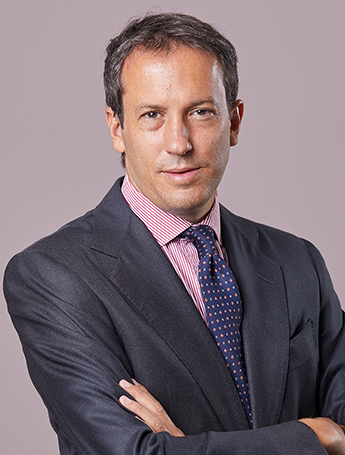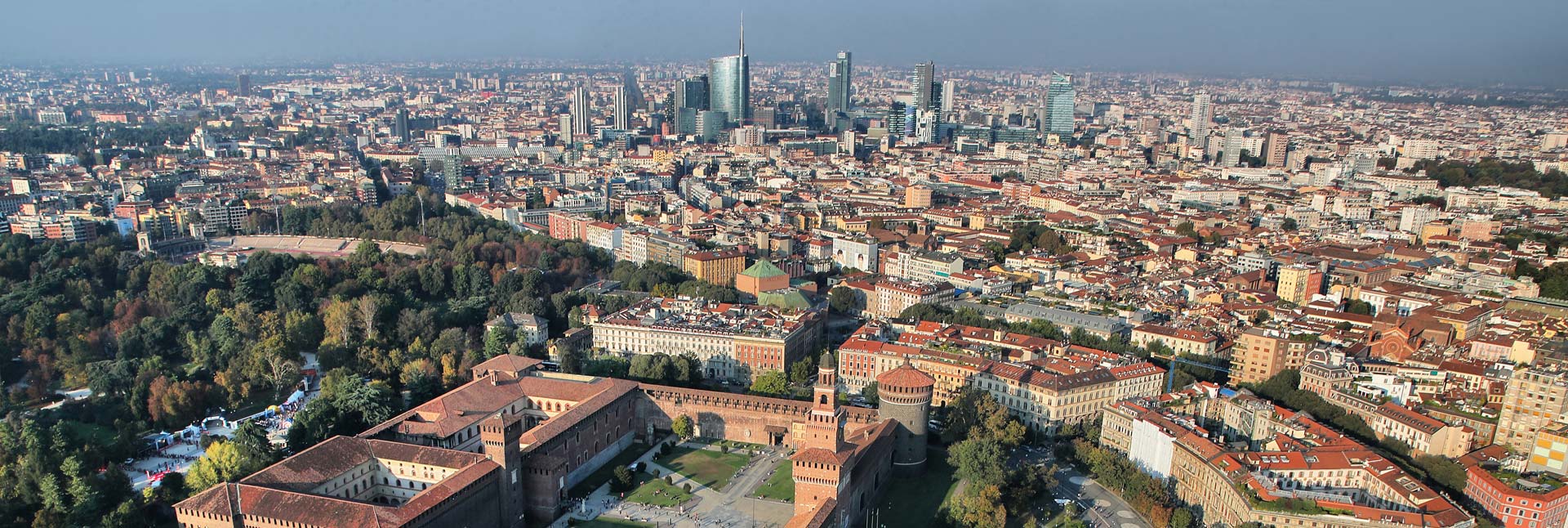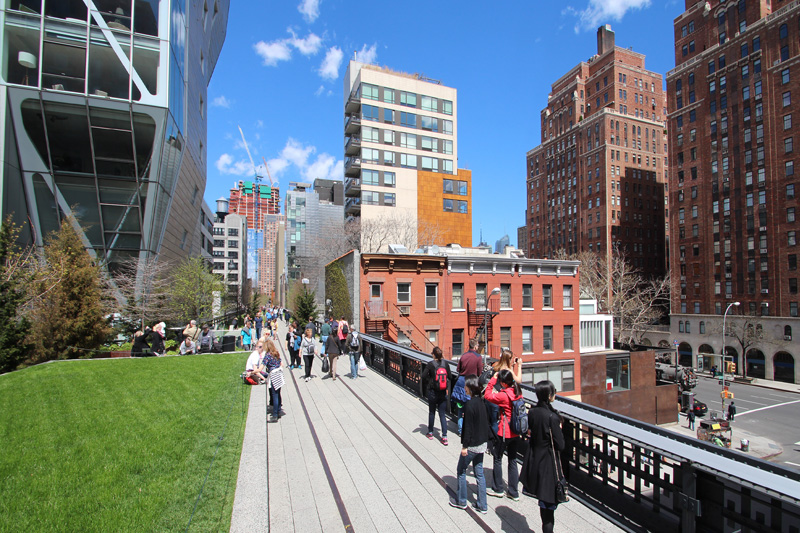The international publication Property Week interviewed Gabriele Bonfiglioli, Managing Director Investment Management at COIMA SGR, as well as other leading figures in the Milan real estate market to talk about why the market is so attractive to investors.
Last year, total investment volumes in Italy stood at €11 billion, a 30% uplift on the five-year average. However, within this, it is Milan that has established itself as the gateway city for global capital, with more than 60% of all investments in the office sector taking place in the city, and over 70% of all investment came from international investors.
Covid-19 emergency has emptied its streets, but Milan keeps walking its journey of growth overcoming this stumbling block. It continues to strengthen its position as the most dynamic city in Italy, increasing its ability to attract both students and young workers both domestically and internationally, and the favorable supply and demand fundamentals as well as the scarcity of Grade A properties in the office sector in particular attracting investors.

Gabriele Bonfiglioli
Why is this happening? Milan is a highly attractive city and rates highly for the four key factors in judging the success of a city talent, a place to live, work and play, ease of doing business and infrastructure. It is the European city of the four ‘F’s; finance, fashion, food and football, and it’s this combination that underpins the growth trend that is increasing year by year, a trend that really accelerated a few years ago in the build up to the Milan Expo in 2015. This global event, supported by large-scale redevelopment projects in the city such as Porta Nuova and City Life, really positioned Milan as a forward-looking city with significant investment opportunities.
Simultaneously, the municipality of Milan, regardless of the political leanings of those in charge, has maintained a pro-growth and pro-business approach over the last 10 to 15 years, creating an ideal environment for growth.
Looking ahead, while this first wave of capital has been focused on core and core-plus investments, today investors are focusing their attention on value added opportunities and development projects. This trend presents a great opportunity for developers and companies with a strong track record on the ground for urban regeneration.
There is very limited good quality stock in Italy compared to some of its European peers. This is even more evident in an environment where demand is changing globally, driven by forces such as urbanization, digitalization and social behavior.
The gap in the Italian market represents an opportunity to upgrade existing real estate to meet the new demand, and, as the next generation real estate spaces will need to be either created or upgraded, the majority of opportunities will come from redevelopment.
Large disused sites, such as the former railway yards, in the center of the city represent a unique opportunity that we do not see in other European cities, where large redevelopment started over 20 years ago.
For these reasons, when we look at the city, we have a very bottom-up approach, analyzing the different trends of the areas and the changes that can happen in the future. When we identify an area that falls within our target matrix for growth potential, we tend to be very focused and disciplined in targeting acquisitions.
This is the approach we took to developing Porta Nuova, the largest and most connected urban regeneration project in Italy after the second world war, and, anticipating the positive spill-over effect on the areas surrounding the development, we have invested over €1.5 billion in new projects in the last two years to capitalize on the value that we have created. We have acquired about 100,000 sqm in anticipation of the redevelopment of the central area and the subsequent growth that we believe will occur.
Read here the full article




